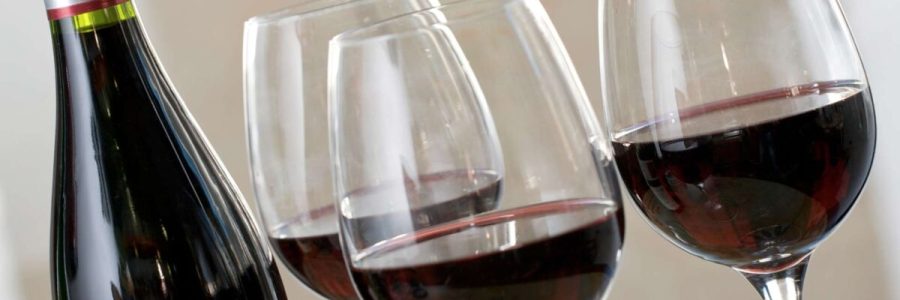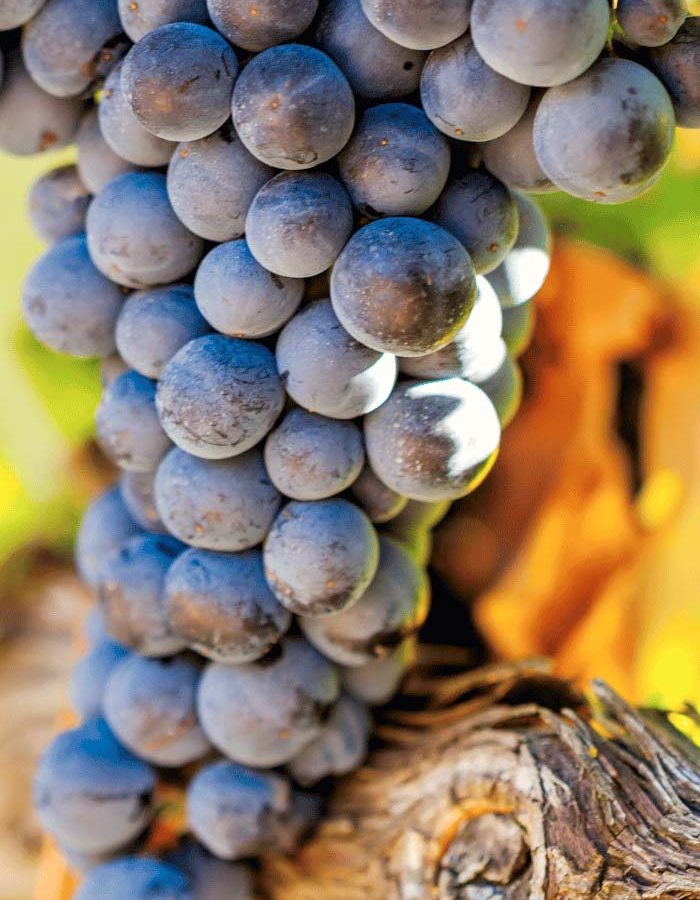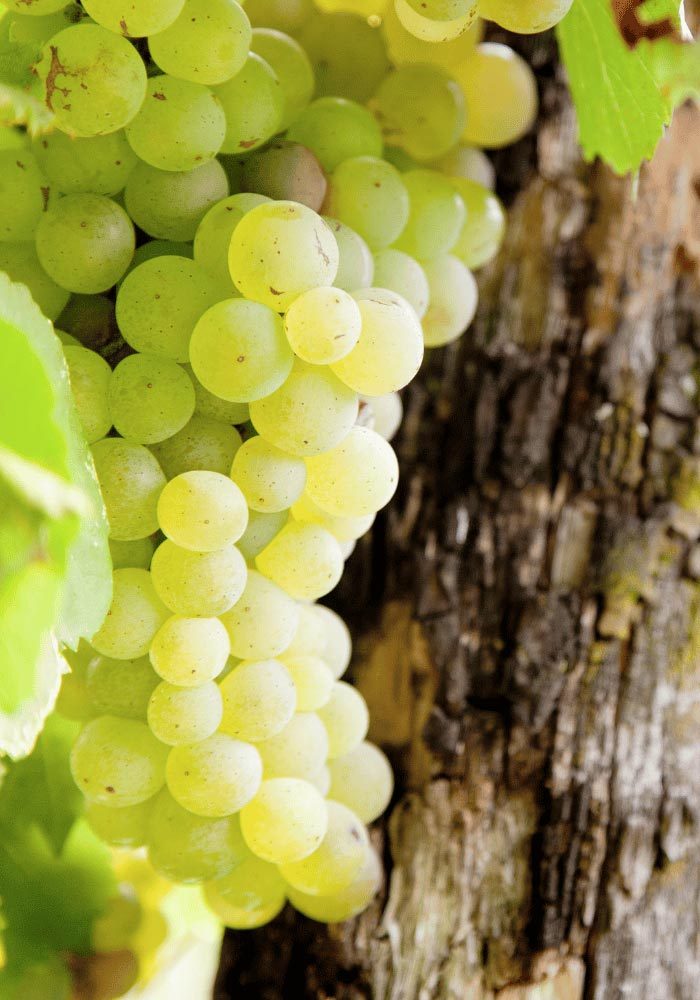
Wines with the Rioja Qualified Designation of Origin in Haro and throughout the region
Wine tourism in Haro is the main driving force in the region thanks to the great variety and quality of the wines of La Rioja.
We all love to enjoy a good glass of wine with our friends or partner and there is no better place for it than La Rioja.
A land of wineries and vineyards, the Rioja region has an enormous selection of wine to suit all tastes; it is not for nothing that Rioja is one of the world’s most quality- and authenticity-controlled DOCa (Denominación de Origen Calificada). All the vineyards that make up the Denomination must be registered in the Registers of the Control Board as a requirement for its supervision.
As a result, La Rioja was the first wine region to implement the use of a Guarantee of Origin seal in 1925, the first to use ageing seals in 1974 and, since 2000, it has incorporated a holographic security band. Today the seals make it possible to trace the origin, vintage and ageing category of each wine.
Rioja grows red and white grape varieties, selected by winegrowers and winemakers over the years to achieve the best quality. Rioja wines can be quality reds, rosés, whites and sparkling wines, made from an exclusive list of 14 grape varieties from vineyards located throughout the Rioja wine region.
Rioja local wine, kilometers of contrasts
The territory of DOC Rioja is a natural region with a very particular climate and geological characteristics that make it an ideal place for the cultivation of vines. The Rioja region extends for almost 100 kilometers along both sides of the Ebro River in 7 valleys influenced by the river’s tributaries and with their own microclimates. This gives our land an extraordinary richness with a great diversity of terroirs and, therefore, of wines.
The orographic and climatic diversity distinguishes three production sub-zones where wines with different characteristics are produced, known as the Rioja Alta, the Rioja Oriental or Baja and the Rioja Alavesa. Three territories that give rise to an immense variety of wines with their own personality. To maintain the identity of the territory, all the grapes must belong to the area.
The traditional grape varieties authorized by the DOCa Rioja Control Board are seven:

As a red variety Tempranillo (preferred variety), red Garnacha, Mazuelo or Cariñena and Graciano. As a white variety, Viura or Macabeo (the preferred variety), Malvasía and Garnacha blanca.
In 2007, the Control Board authorized for the first time the incorporation of nine new varieties in the appellation: As a red variety, the red Maturana, the brown Maturana or Maturano and the Monastel (not to be confused with Monastrell or Mourvèdre). As white varieties the white Maturana, the white Tempranillo and the Turruntés or Torrontés.
Rioja Red Wines
The most recognized wines of the Rioja Qualified Designation of Origin are the red wines produced in the westernmost region of the community, the Rioja Alta; mainly those made from the highest quality grape in Europe, Tempranillo. These are usually wines with an intense red color and fruity aroma, full of nuances such as berries, chocolate and licorice.
Sometimes the Tempranillo grape is blended with Garnacha, which brings freshness and versatility to the wine, and with Graciano, known for its aroma, color, intensity and acidity. Thanks to their particular elaborations, Rioja’s 1oo kilometers of the community create blended and avant-garde red wines that offer visitors a thousand flavors thanks to their great variety, their nuances and their world-renowned high quality.
Typical grapes used in Rioja red wines
- Tempranillo: Native to La Rioja, one of the most famous varieties in the world and the most characteristic of the appellation. It produces young and aged red wines with all the contrasts of Rioja.
- Red Garnacha: Produces round and intense wines, with great color and alcohol content. It varies according to the environmental conditions of cultivation.
- Graciano: A tannic grape that produces intense red wines, with great aroma and violet and silky notes on the palate with a sweet and pleasant finish, ideal for Crianza wines.
- Mazuelo grape: It has abundant tannins that give it an ideal acidity to enrich other wines of long aging.
- Red Maturana: Related to the French grape variety Castets, now extinct, it provides an intense violet red color and a particular acidity. It presents a structured, friendly palate with a medium-long persistence.

White Wines Rioja
Rioja white wines are beverages of great quality, body and medium-high acidity. A wide variety of white grapes are grown in the cooler areas of the community, producing a wide range of wines, from young and fruity to more complex ones thanks to their good longevity and very high aging capacity.
Since the 1970s, the Viura grape has been the predominant grape in the vineyards of DOC Rioja, together with many other white varieties that build a great quality and structure in Rioja white wines.

Grapes typical of Rioja white wines
- Viura or Macabeo: The most cultivated white grape variety in the Rioja, it produces wines aged in wood in the traditional style.
- Garnacha blanca: Common in blends with other varieties, it creates wines rich in extracts with little aroma and acidity.
- Malvasía riojana: Produces very special quality white wines, unctuous and very aromatic.
- White Tempranillo: Native and unique grape from a mutation of the red Tempranillo. It creates wines of great quality and balanced palate, with structure and medium-long persistence.
- Maturana Blanca: Older and unique variety that produces wines of great consideration, balanced and with a soft bitterness and acidity.
- Turruntés: Grape that builds wines of low alcohol content, pH and potassium, light, with acidity, bitterness and medium-short persistence.
- Chardonnay: The most cultivated white grape variety in the world. It produces wines of great finesse and aroma.
- Sauvignon Blanc: International quality grape grown in Rioja produces elegant, dry and acid wines.
- Verdejo: A very well-known variety that creates wines that are somewhat alcoholic, with medium-high acidity and original fruity expression on the palate.
Rioja rosé wines
DOCa rosé wines are another example of the great diversity we have in the Rioja region. In this land we make from pale, light and fruity rosés to more intense colored wines such as claret, as well as rosés aged in oak barrels.
To make these rosé wines, in Rioja we blend white and red grapes grown in our soils with a co-fermentation process with both varieties together. Rioja is one of the few appellations where Crianza, Reserva and Gran Reserva rosés are produced. The young rosés are bottled almost immediately, which gives them a fruitier touch, and the more gastronomic wines spend some time in aging barrels to achieve a fuller body.
Vinos Espumosos Rioja
Rioja sparkling wines are a trademark of the community, where the bubbles have been worked in the wine for decades. All Rioja sparkling wines of the Denomination are produced with the highest quality under the Traditional Method. The Rioja community has even become a pioneer in creating and producing sparkling wines classified as Reserva and Gran Añada.
Thanks to the experience and work of the wineries, fresh, fruity wines are achieved with a maximum alcohol content of 11º Vol. The sparkling base wine can be young or crianza aged in barrels; it can be white, rosé or white from red, but never a red sparkling wine. To be considered a DOCa Rioja, sparkling rosé wines are made with at least 25% red grapes.
Once the base wine has been made, it is bottled with a liqueur containing sugars and natural yeasts in order to generate a second fermentation where the bubbles are formed. After a long storage, the bottle of sparkling wine is filled with a mixture of wine and must with sugar to lower the acidity and achieve a perfect balance.
